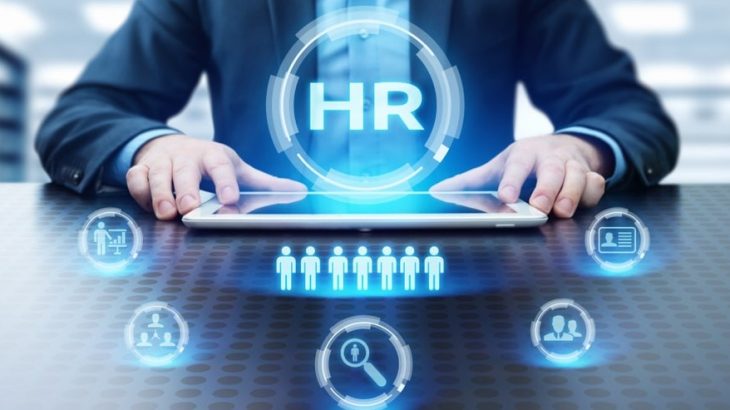What are Occupational Hazards and how they have Manifested in the Industrial Era?
By definition, Occupational Hazards are those casualties, injuries, and accidents that involve workers and professionals in the course of their work.
As the name implies, these are hazards that are associated with their workplace lives and hence, are sustained in the course of discharging their duties.
In the Manufacturing sector, occupational hazards are covered under separate laws and regulations since the chances of being involved in accidents and sustaining injuries are very high. As the manufacturing firms and the heavy industries have a lot of heavy duty machinery and complicated processes, workers are more likely to sustain injuries due to exposure to such machinery as well as Gaseous substances, which if inhaled, can lead to illness.
Indeed, for much of the history of the modern corporation from the times of the Industrial Revolution, the organizational policies clearly specified what had to be done in case of risks due to occupational hazards and the method of compensation for such injuries and even for the worst case scenario of fatalities at the workplace.
This is the reason earlier era Personnel Managers (the predecessors to today’s HR Managers) were extensively trained on handling the aftermath of occupational hazards and more importantly, were skilled at preventing such mishaps at the workplace from happening. Thus, occupational hazards have been with us since the Dawn of the Modern Era.
The Reincarnation of Occupational Hazards in the Service Sector Firms
Many people assume that with the advent of the Services Sector, occupational hazards would be a thing of the past.
This line of thinking proceeds from the premise that modern day Knowledge Workers do not engage in physical work and hence, they are unlikely to sustain injuries or meet with accidents.
Indeed, with IT (Information Technology) and Financial Services workers and professionals unlikely to go anywhere near heavy machinery of work in the Shop Floor, it was thought that occupational hazards do not really bother them.
Even in Manufacturing Firms, the so-called White Collar Workers were largely exempt from occupational hazards that were more prevalent for Blue Collar ones.
Having said that, the modern workplace has its share of occupational hazards. Starting with Stress due to tight deadlines and the Uber Competitive Race to outdo rivals leading to high pressure work, and including Eye disorders due to continuous exposure to Screens of the Computers and the other devices, the workplace of the 21st Century has its share of occupational hazards.
Indeed, the steady rise of Wellness Consultants and other Therapists who specialize in treating the Modern Day Professionals who are experiencing Burnout, Fatigue, and Depression is testament to the fact that Occupational Hazards have never really disappeared and instead, they have reincarnated in other forms.
How Should HR Managers Deal with Occupational Hazards?
So, how should HR (Human Resource Managers) deal with Occupational Hazards at the workplace? To start with, it would be better for them to convince the Executive Leadership about specific policies and rules and regulations to deal with Occupational Hazards.
For instance, there can be a Budget for helping employees cope with Stress and Fatigue as well as to deal with Psychological Disorders.
Indeed, the fact that most Multinational Firms now have Wellness Consultants and Therapists to come and visit their premises and talk to their employees means that by and large HR Managers in these firms are taking Occupational Hazards seriously.
Moreover, some Western countries such as the United Kingdom and France have passed laws that require Employers to provide Time Off to Employees experiencing disorders due to their Work and Occupation.
Apart from this, there are proposals to include Mental and other Psychological Disorders in the list of Occupational Hazards due to the workplace conditions. Indeed, the fact that such laws have been passed and more are being mulled shows the seriousness of the Policymakers in the West to deal with this problem.
Having said that, Stress and Fatigue, and Burnout and Depression are not the only Occupational Hazards that are manifest in the Modern Workplace.
Sexual and Racial Discrimination and other forms of Harassment can also lead to psychological and emotional disturbance to the employees and this can have repercussions on their performance.
In addition, accidents and injuries sustained during Commute by Company Vehicles, Longer Term and Shorter Term Travel, as well as disorders due to Cultural Shocks can all be classified as Occupational Hazards.
Thus, the HR Managers must include these aspects as well when dealing with such risks. A very important point about Occupational Hazards is that HR Managers must have the sensitivity and the compassion to handle such cases.
Gig Economy Occupational Hazards
In times when the nature of the Employer Employee Relationship is changing due to the Gig Economy, it is also the responsibility of the HR Managers in Gig Economy Firms to attend to the Occupational Hazards of their Freelancers.
Sadly though, this is not happening to the desired extent and this does not bode well for the future of organizational responsibility.
We simply cannot have a situation where Employees (part time or full time) be left in the lurch and to fend for themselves by insensitive and inhuman employers.
It is the argument here that HR Professionals must be true to their profession and goad employers to deal and help with Employee Occupational Hazards no matter the type and form of the Employer Employee relationship.
Indeed, there can be legal repercussions down the line if such concerns are not addressed beforehand.







